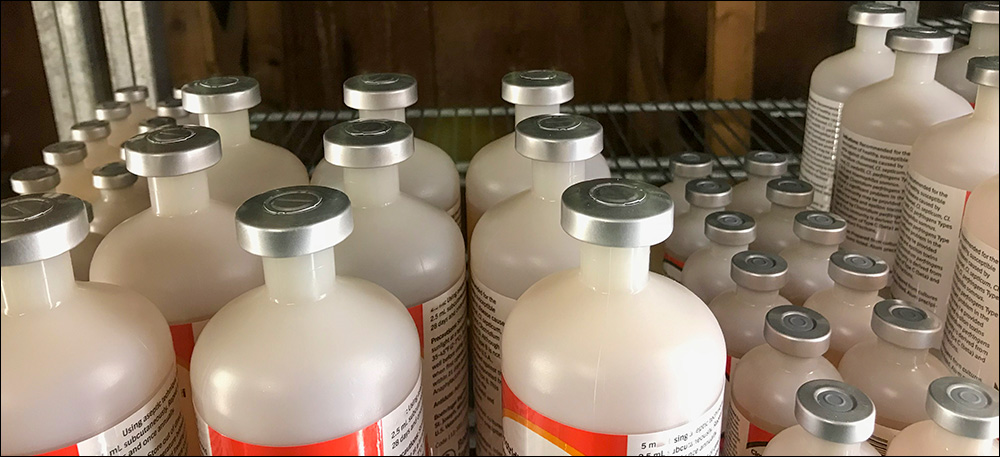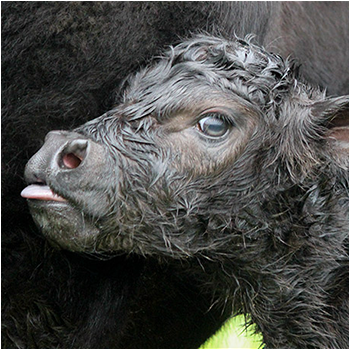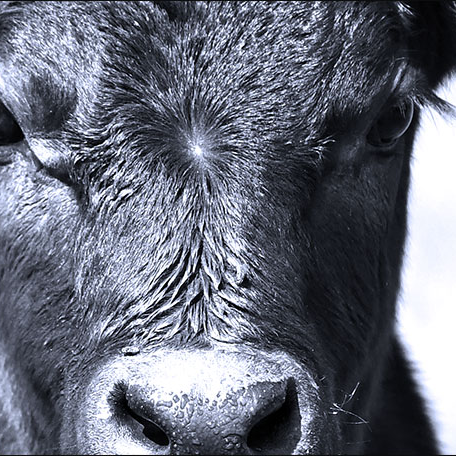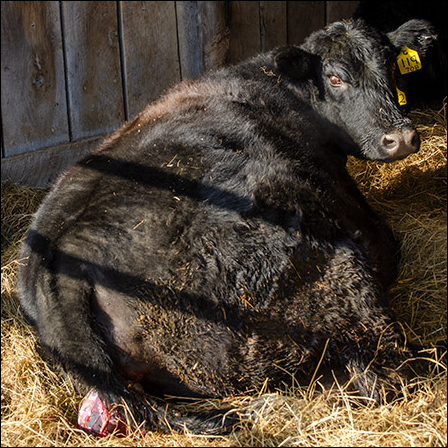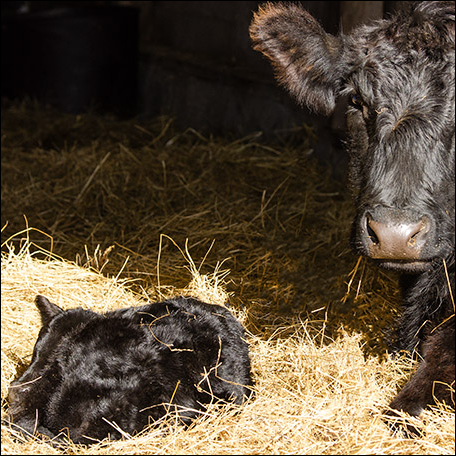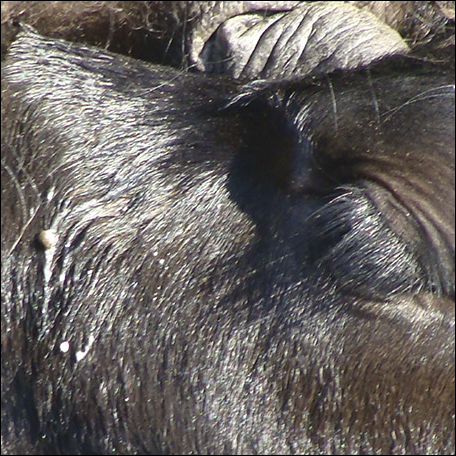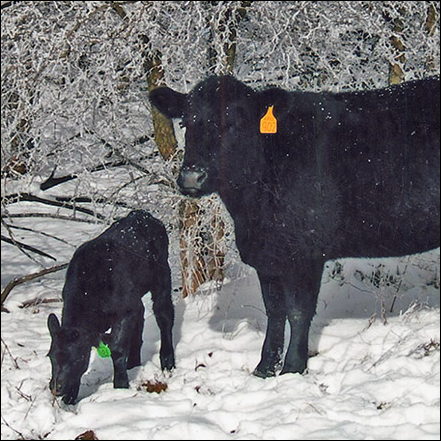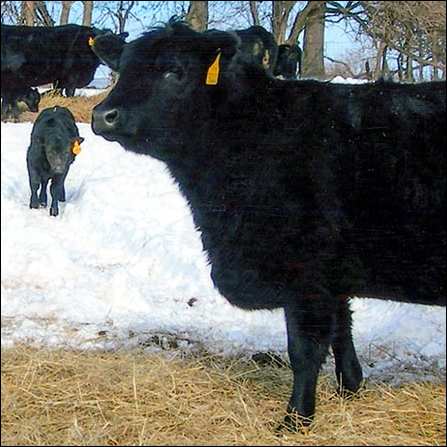Efficacy vs. Safety
Get the most out of your vaccine protocol with these tips.
Combination vaccines are generally utilized to protect cattle against bovine viral diarrhea virus and infectious bovine rhinotracheitis. Currently there are several inactivated (killed) and modified-live virus (MLV) vaccines for this purpose.
Lead Poisoning
Curious cattle can find trouble around the ranch.
Often when we think of cattle diseases, we concentrate on infectious diseases caused by bacteria and viruses, or we may think of parasites such as worms, lice and flies. However, it is important to remember that poisons can also cause rapid death and severe illness in cattle.
Outlier Management
Turn outliers into a profit opportunity, not a loss equation.
No one wants sick cattle. From well-being concerns to unexpected costs, it can be a lose-lose situation. Still, when cattle do get sick, intentionally managing bovine respiratory disease chronics and other outliers can help you improve animal well-being and stop economic losses you might not even know exist.
Frostbite: Not Just a Risk for Newborns
Extreme weather affects the health of older calves, too.
Calves born in cold weather may quickly become hypothermic if they are not immediately dried off and placed in a sheltered environment, but older calves may also suffer frostbite if they don’t have shelter in a winter storm or during severely cold temperatures. Sick calves are especially at risk.
Managing Hypothermia In Newborn Calves
Calves are especially vulnerable to recent subzero temps.
Subzero temperatures across much of the country have come at a particularly bad time for cattle producers, many of whom are welcoming newborn calves to the herd.
“Adult cattle are pretty robust; they have a huge, functioning rumen that really acts as their heating core during the cold winter months,” says Kansas State University Research and Extension beef veterinarian AJ Tarpoff. “But the newborn calves are much more vulnerable to hypothermia and cold stress.”
Be Aware of Potentially Toxic Plants
Review the range when spring arrives.
Spring is getting closer, and summer is not far behind. As the seasons change, it’s important to be aware of the different plants growing in your surroundings and their potential toxic effects on cattle and horses.
Feeding Supplemental Fat to Beef Cattle
Is feeding supplemental fat to the different classes of cattle cost-effective?
Beef cattle have been supplemented fat for a number of years. The primary reason for this is supplemental fats are a concentrated source of energy, containing nearly two to three times the net energy of cereal grains. Fat can also affect a variety of physiological processes that improve performance. When priced appropriately, supplemental fats can be an effective means of increasing the energy density of the diet.
